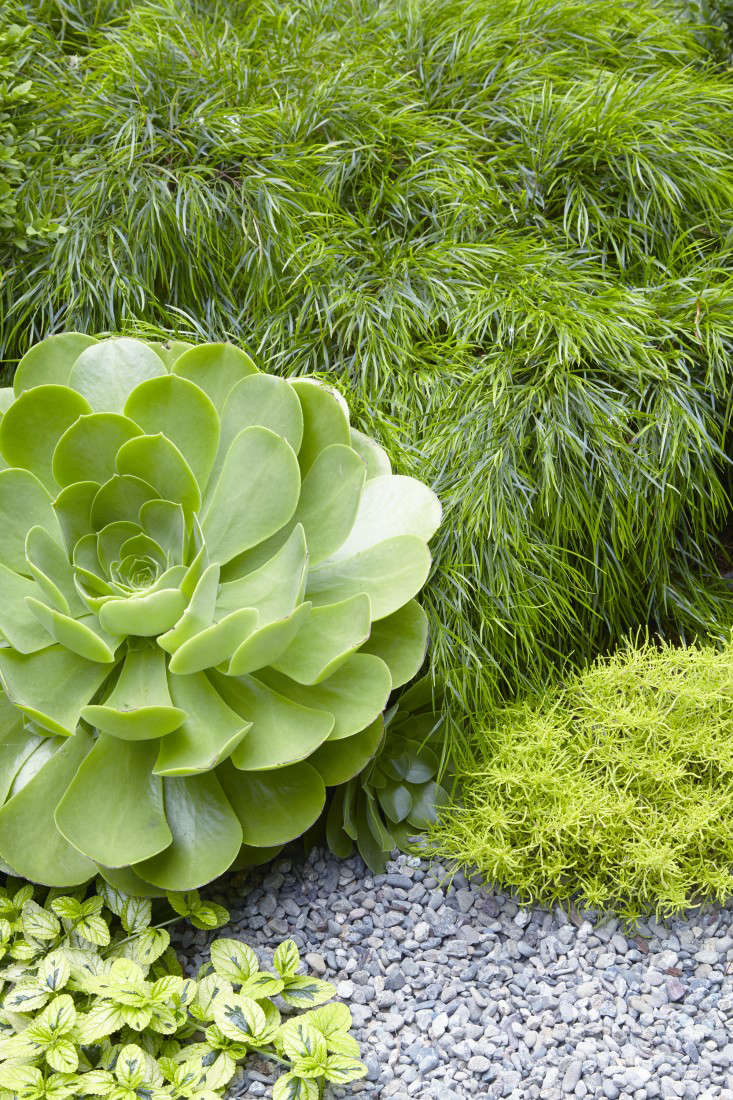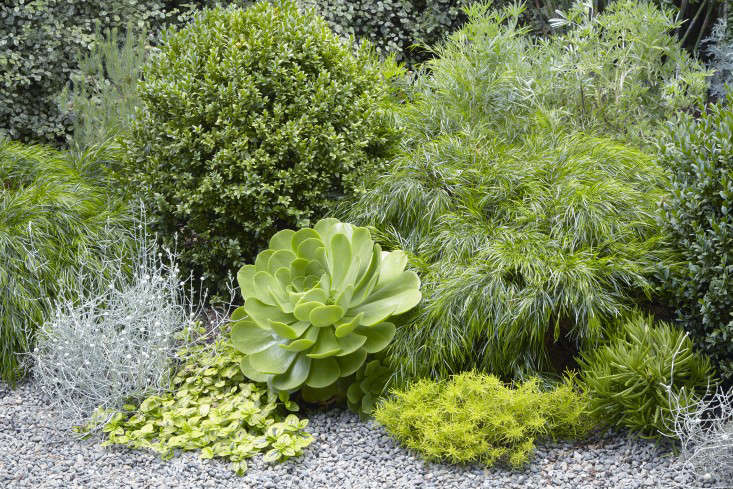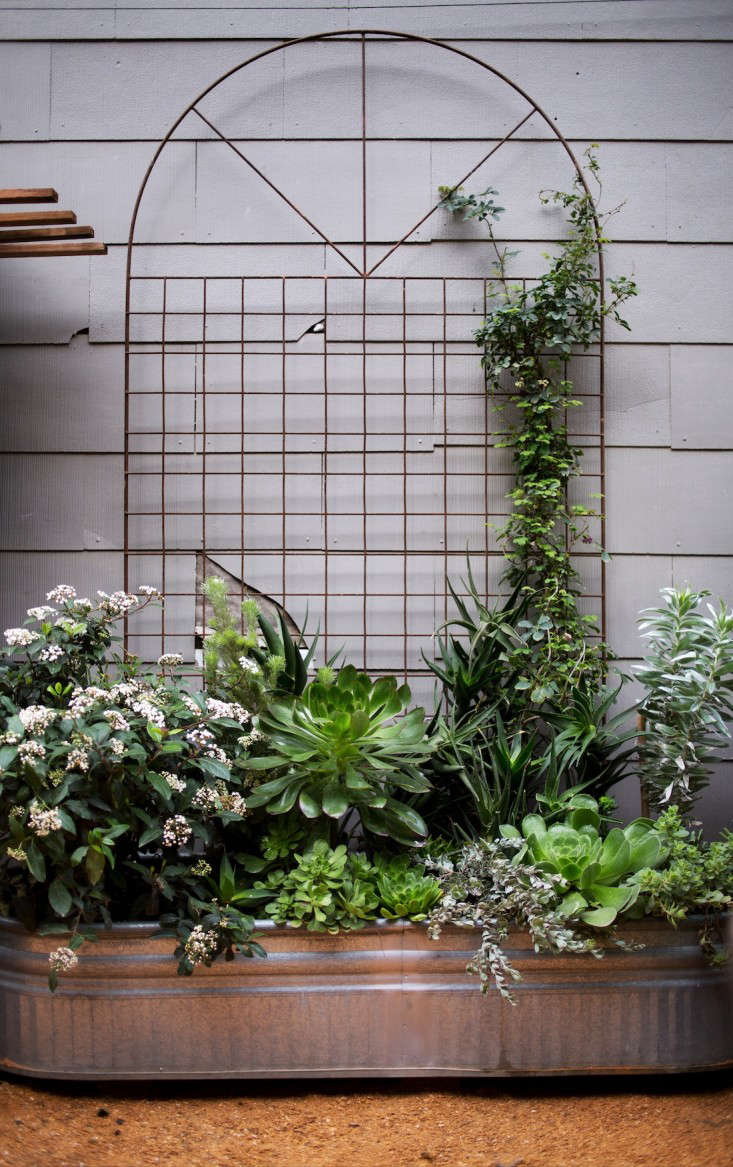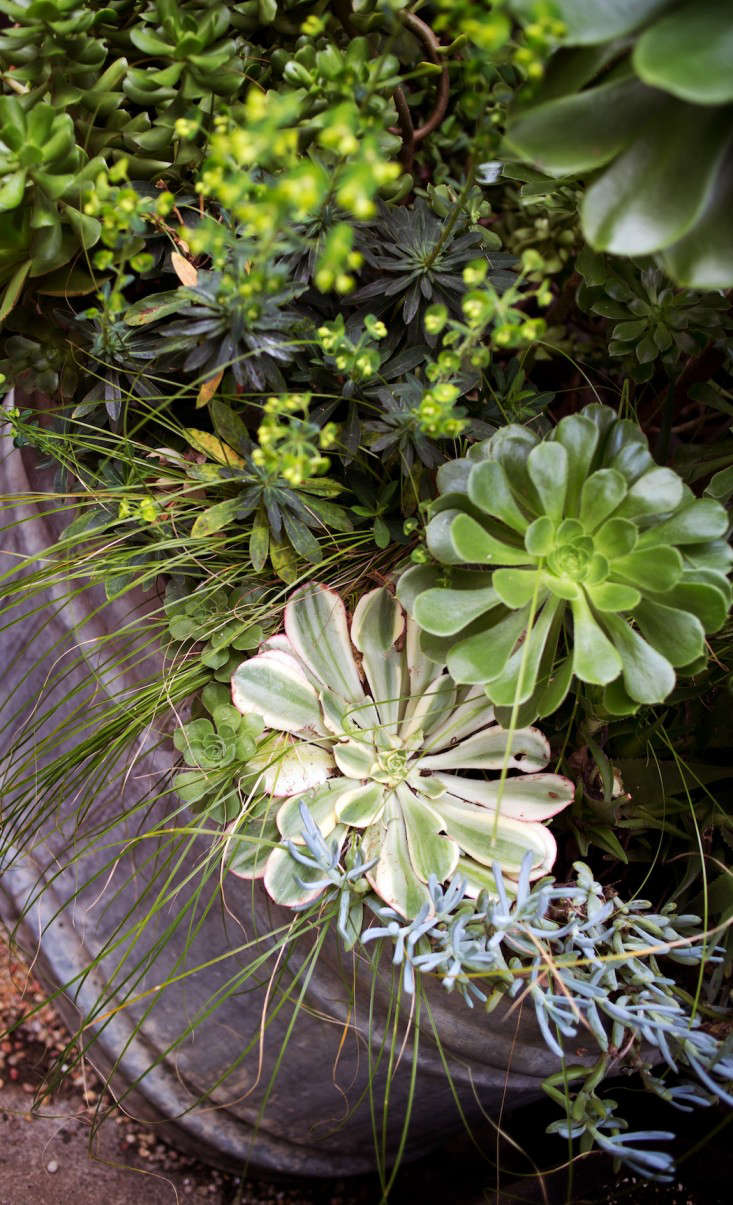Aeonium (Aeonium arboreum): “Houseleek Tree”
If your impression of succulents is that they hardly need to be watered and that they thrive in extremely hot summer weather, you will have to adjust your thinking in order to grow Aeoniums.

These plants, which are native mainly to the Canary Islands, are unlike most succulents because they are winter growers and frequently go dormant in the heat of summer. That’s because the Canary Islands have what may be the world’s most enviable climate: long warm summers and moderately warm winters courtesy of the Gulf Stream and trade winds. No wonder locals have dubbed their islands the “Land of Eternal Spring.”

In the wild Aeoniums are rather shy plants, often growing in isolation on rocky volcanic hillsides away from other vegetation. They comprise a genus of 30-plus species of shrubby evergreen perennials (although some are biennial), that consist of rosettes of fleshy spoon-shaped leaves sitting rather incongruously atop thick, naked stems. Aeoniums come in colors from yellow green to a shade of burgundy so dark it looks black. They can be low growing at fewer than 5 inches high or as tall as 5 to 6 feet. The common species, Aeonium arboreum ordinarily tops out at about 3 feet and produces dramatic triangular panicles of bright yellow flowers on stems that grow out of its rosettes of shiny green leaves. Like many in the genus, Aeonium arboreum is monocarpic. After blooming, the rosettes die.

Cheat Sheet
- Aeoniums cannot survive freezing temperatures. In areas with cold winters they should be grown in pots and taken inside when the mercury drops.
- Aeoniums like to be kept somewhat moist so, unlike other succulents which should be allowed to dry out completely after watering, they grow better in regular potting soil instead of specialized cactus mixes.
- With their sculptural shapes Aeoniums grown outdoors are attractive in mass plantings or in rock gardens.

Keep It Alive
- Aeoniums have shallow hair-like roots that should not be allowed to completely dry out even in summer when many species go dormant, curling their leaves to conserve water.
- Aeoniums can be grown outdoors in zones 9 to 11 and, although they will tolerate partial shade, need at least six hours of full sun a day to develop their leaf colors.
- Indoors in pots Aeoniums need bright sunlight and moisture and do best in shallow containers. They don’t like to dry out completely but shouldn’t be over-watered or ever allowed to sit in water which can cause them to rot.
The name Aeonium comes from the Greek word “aionos,” which means “immortal.” And, indeed, even though most Aeonium rosettes die after blooming, they can be easily propagated by cutting off the rosettes before flowers appear, allowing the cut to heal and then inserting in soil where the new plant will quickly root. Sometimes leggy branches will snap off from the weight of the rosette. Simply re-pot the broken stem.
For more tips and tricks for growing succulents, see Gardening 101: Agave and 9 Secrets to Growing Succulents Indoors.
Finally, get more ideas on how to successfully plant, grow, and care for aeonium with our Aeonium: A Field Guide.
Finally, get more ideas on how to plant, grow, and care for various houseplants with our Houseplants: A Field Guide.
Interested in other succulents or cacti? Get more ideas on how to plant, grow, and care for various succulents and cacti with our Succulents & Cacti: A Field Guide.








Have a Question or Comment About This Post?
Join the conversation